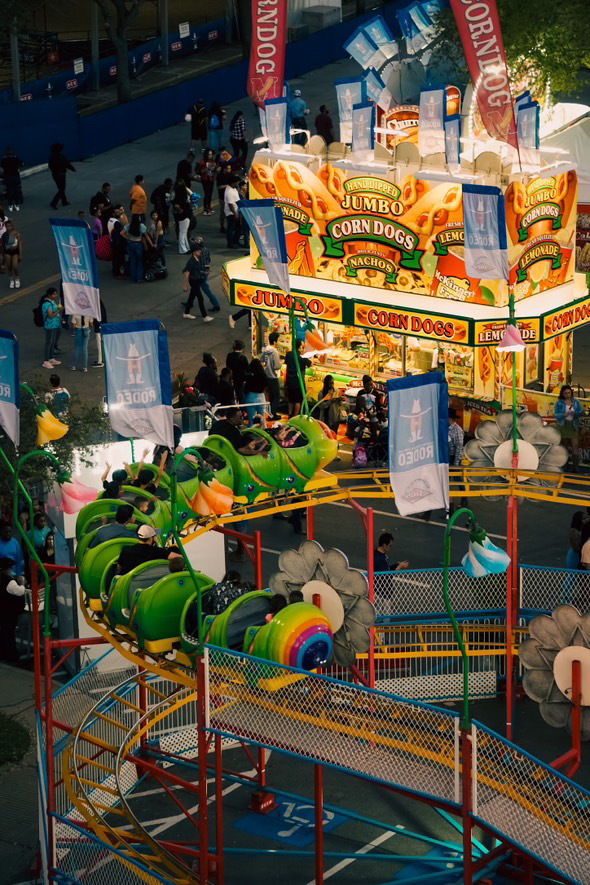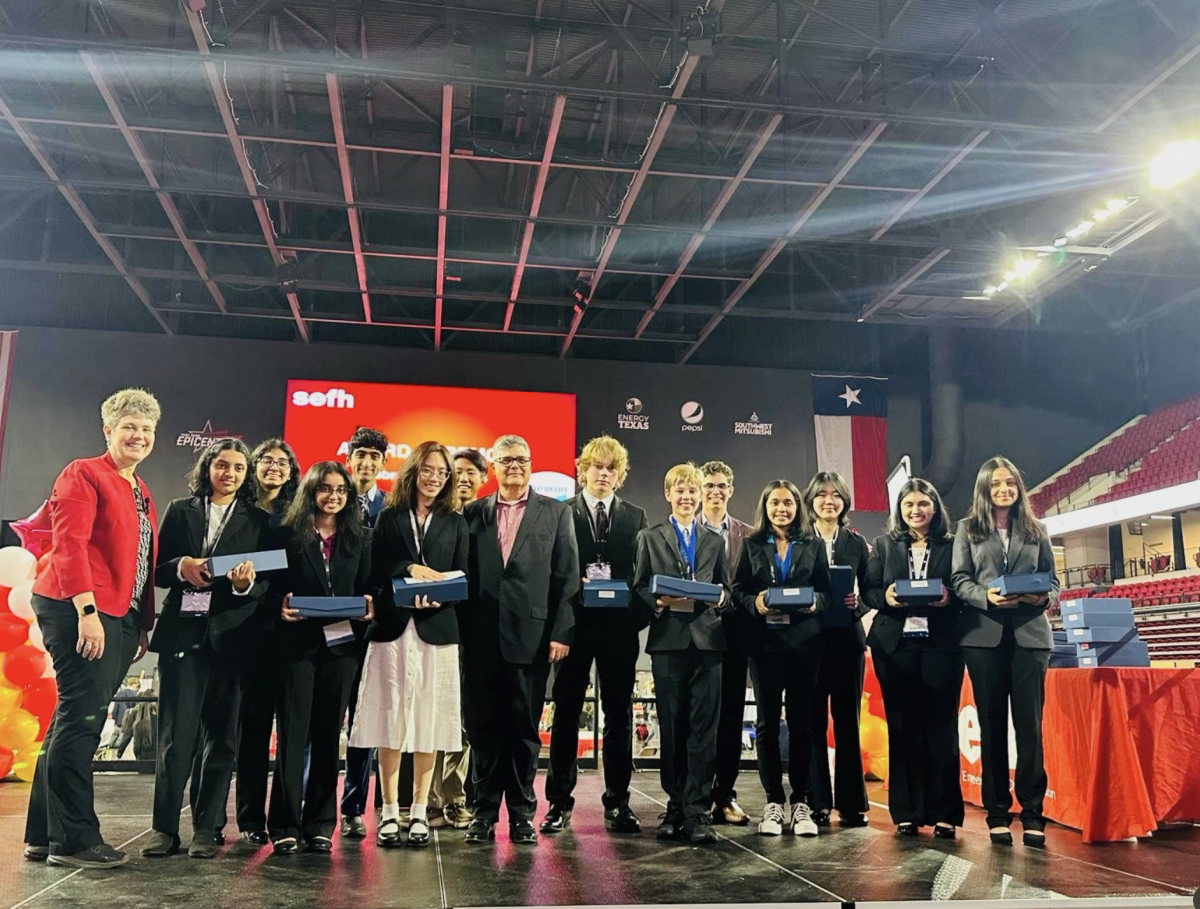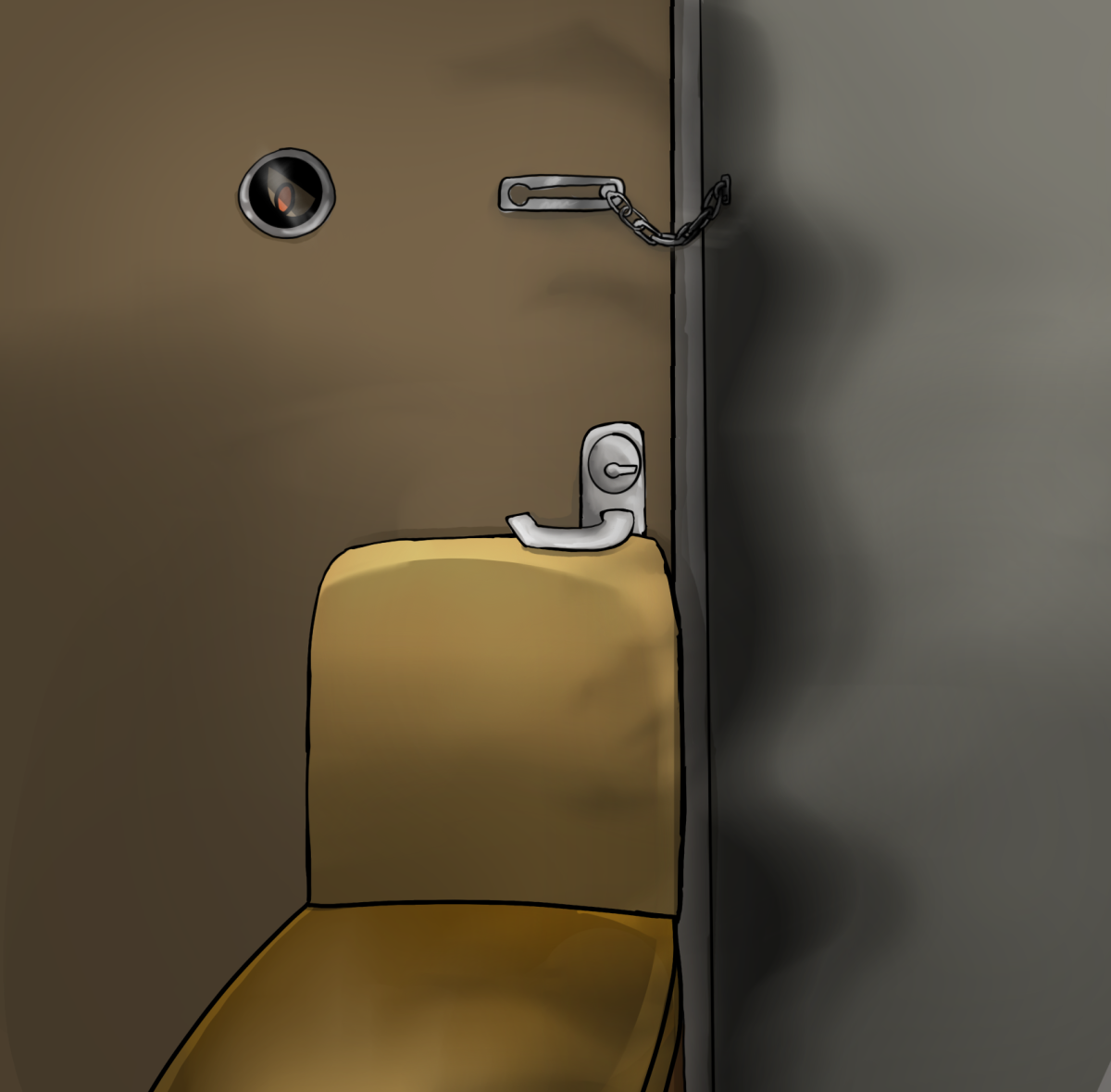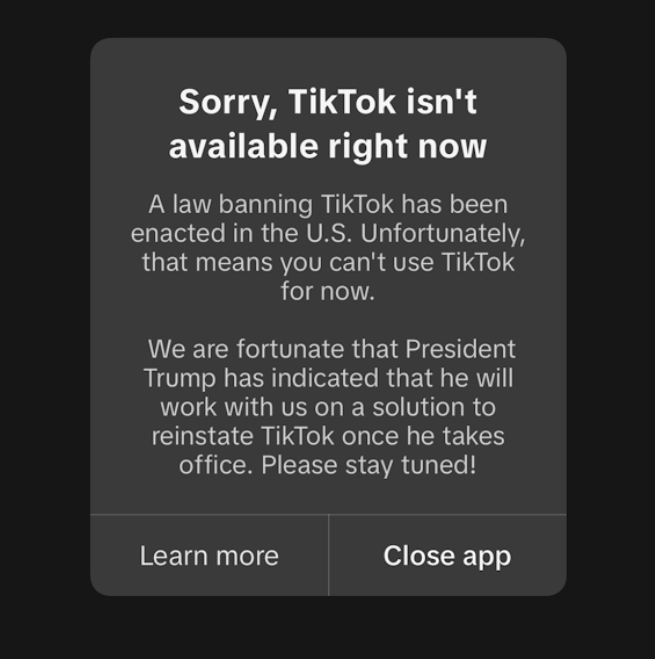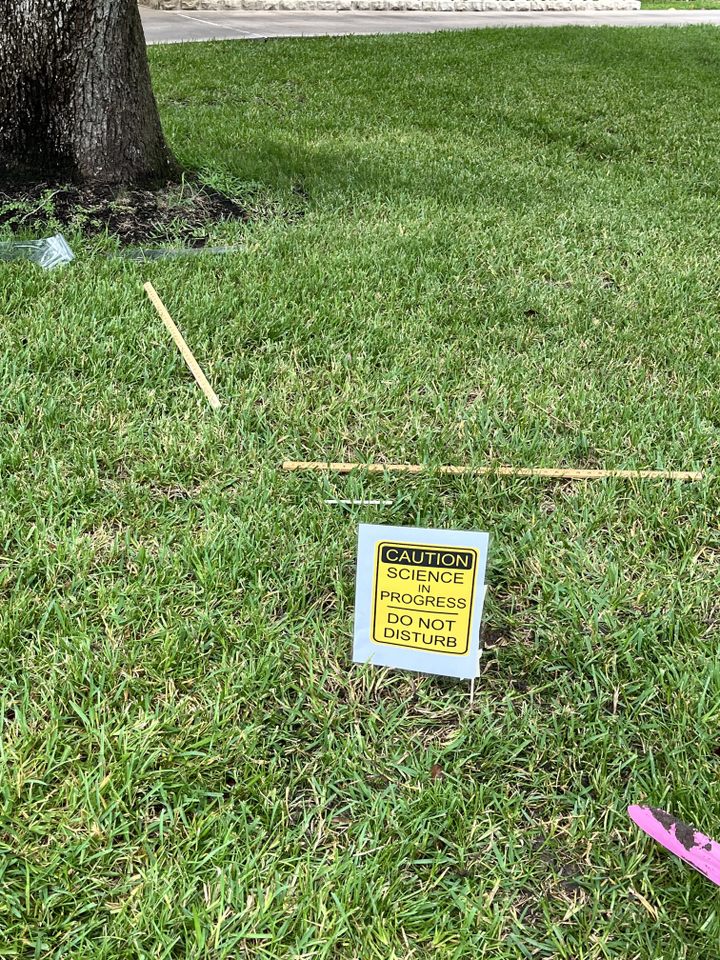Sophomore Andy Trejo faced shoulder-to-shoulder traffic from Kirby Drive to NRG Parkway as she made the trek to get a glimpse of the carnival lights outside NRG Stadium. Despite waiting in lines under the Texas heat, the adrenaline from the rides, music from her favorite country stars and the flavors of the crispy delights “made it all worth it.”
Every spring break, Houstonians and tourists alike can experience the Western lifestyle at the Houston Livestock Show and Rodeo. This year, over 2.7 million people went to the rodeo, generating nearly $600 million in revenue from carnival events, livestock shows and concerts. Yet as the crowds grow larger, the event brings growing concerns, especially about overcrowding.
“There were long lines for just about everything from food, parking, restrooms and even rides,” Trejo said.
Established in 1932, the Houston Livestock Show and Rodeo aimed to preserve and showase the Texan cattle industry. Yet as the event has evolved, junior Adaline Thompson believes the event has shifted from its original purpose as animal mistreatment becomes more common.
“It’s terrible how the bulls and calves have to be confined in small areas simply for human enjoyment,” Thompson said. “The animals have to become stressed and anxious to trigger a reaction before they are on display.”
Even though these disheartening truths have led Thompson to not return to the rodeo, she acknowledges that it is a fun, timeless experience to enjoy with family and friends. For example, Houstonians can enjoy the special foods of the Rodeo — including fried oreos, funnel cakes and loaded baked potatoes.
“The rodeo was an unforgettable experience,” sophomore Mira Pemmanda said. “One of the highlights for me was eating the iconic food.”
Vendors at the rodeo have high costs, pricing $22 for a turkey leg and $17 for a funnel cake for simple toppings like strawberries or Nutella.
“Even though the food and games can be pricey, the rodeo is the most Texan attraction Houston has,” junior Harrison Wright said. “There’s nowhere else you can find that much fried food and variety.”
Beyond the food and festivities, another topic of conversation this year was cleanliness.
As thousands flock to the grounds daily, paper plates and plastic cups are littered throughout the rodeo. To maintain the event’s cleanliness, the rodeo has a recycling crew that works nonstop from 7 to 1 am, with over 350,000 local volunteers fueling the success of this operation.
“I love the rodeo because it’s a great place to photograph, eat local food and go shopping,” Wright said. “There’s a ton of different attractions for all ages and different music artists that cater to everyone’s taste.”
While the rodeo is one of Houston’s most prominent attractions, Thompson urges people to learn more about the harsh realities of the event.

Tools like electric prods, metal spurs and bucking straps are used to scare the animal into displaying abnormally dramatic reactions. According to the Animal Legal Defense Fund, horses, bulls, steers and calves suffer broken ligaments, bones, internal organ damage and agonizing deaths.
“It’s important for people to understand the industry they are supporting because the rodeo profits off of the animal’s pain,” Thompson said.
As animal activists become more vocal, the rodeo’s future may hinge on balancing tradition with evolving ethical standards. While many attend the rodeo for the once in a lifetime experience and annual overindulgence with fried butter and Oreos, the historic event might have to update its current practices to appeal to an audience which is becoming more conscious about issues such as animal welfare.
“People need to be aware that even though it’s a tradition, there comes a time where tradition needs to change,” Thompson said.



